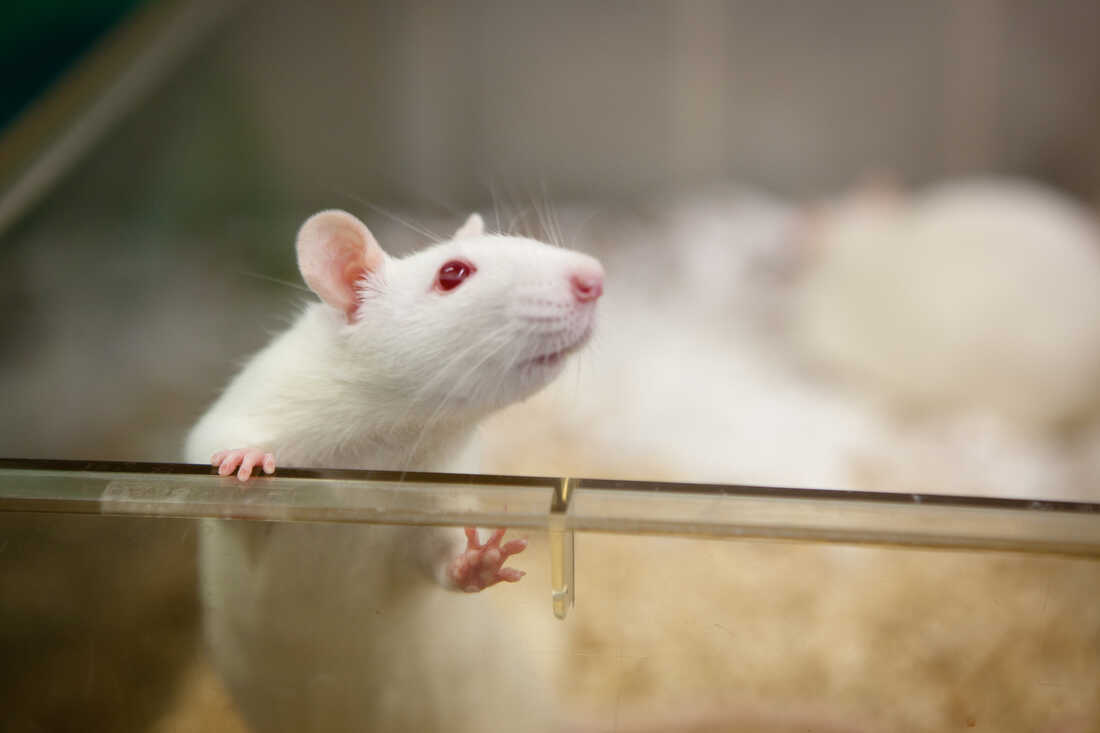Human brain cells have successfully transplanted and incorporated into newborn rats. Opening up a new avenue for the investigation. Of difficult-to-treat mental conditions including schizophrenia and autism.
It is extremely challenging to study how these situations arise since neither animals nor humans can be easily subjected to investigation on rats.
More than a dozen different brain areas have previously assembled in tiny parts by scientists. Using stem cells in petri dishes. However, according to Sergiu Pasca, a professor of psychiatry and behavioral sciences at Stanford University. Also the study’s principal author, “neurons don’t develop to the size which a real neuron in an actual human brain would grow.”
They also are unable to predict the symptoms that a flaw may produce when removed from a body.
Young rats brains were transplanted with organoids, collections of human brain cells. In order to get around such restrictions. The age of the rats crucial since human neurons previously implanted into adult rats. Even so an animal’s brain stops maturing at a certain age, limiting the possibilities.
We discovered that these organoids can grow rather large, get vascularized (receive nutrition) by the rat. As well as it can cover roughly a third of a rat’s (brain) hemisphere by transplanting them at these early stages, according to Pasca.
The researchers next explored if human neurons could transmit signals back to the rat’s body.
In order to educate the rats to expect receiving a “prize” of water from a spout. Whenever blue light shined on the neurons via a wire in the animals’ skulls. Researchers implanted human brain cells that modified to respond to blue light. According to study published on Wednesday in the journal Nature, after two weeks, pulsing the blue light caused the rats to rush to the spout.
The team has now demonstrated using this approach that organoids derived from Timothy syndrome. Patients grow more slowly and exhibit less electrical activity than organoids derived from healthy individuals.


